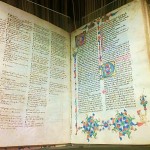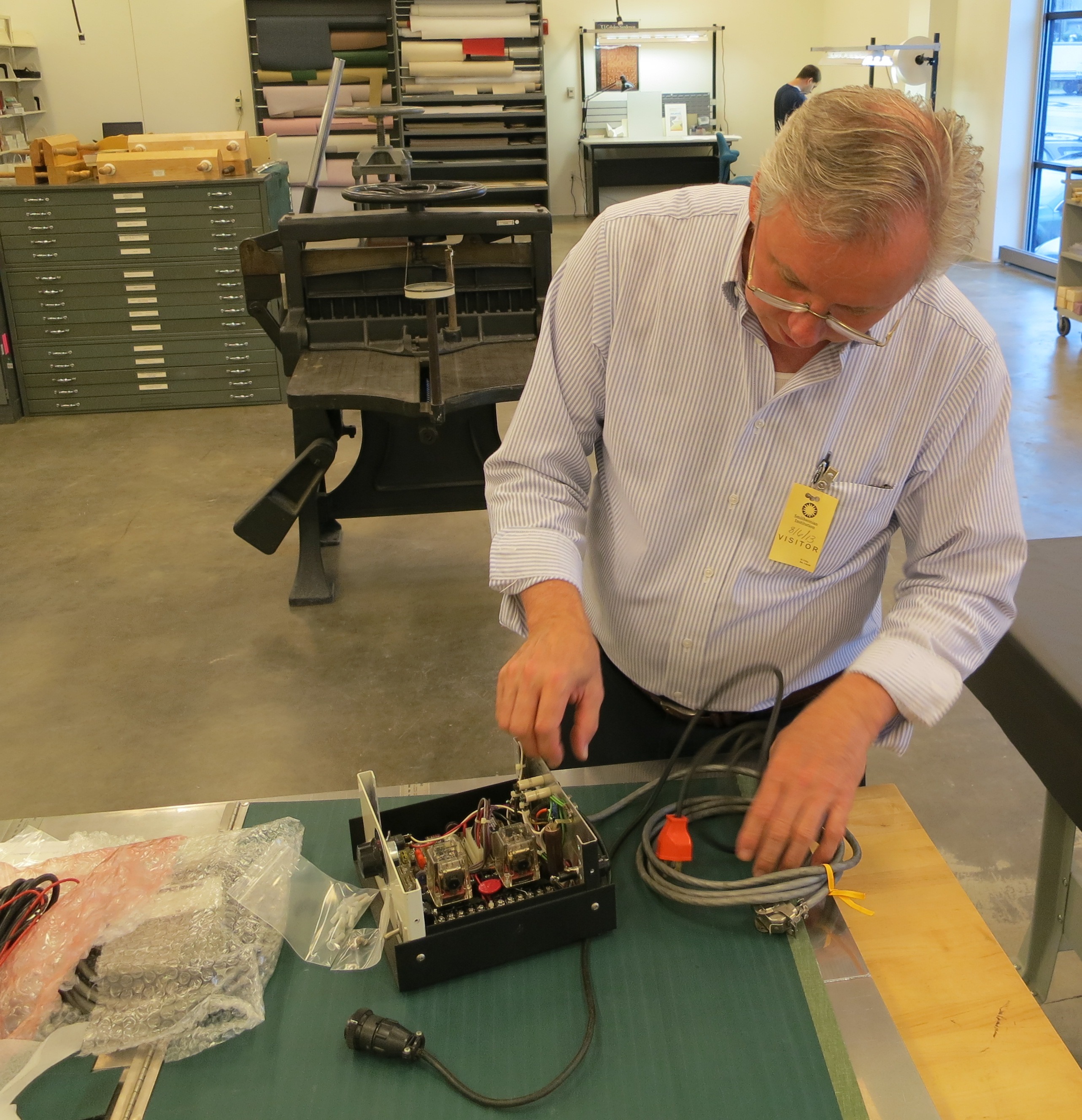This year, The Smithsonian Libraries (SIL) was given a monetary award by the Smithsonian Collections Care and Preservation Fund (CCPF) to re-house 558 folio volumes of special materials collections housed at the Cooper-Hewitt National Design Library (CHMDL). These items were identified as requiring housing/re-housing by contract book conservators who conducted the CCPF funded condition survey of more than 4000 items at CHMDL in 2011-2012.
Tag: preservation
Last year a book came into the Book Conservation Lab as part of the Smithsonian Libraries Adopt-a-Book program. The book, Systema Entomological by Heinrich Buchecker, was in two distinct pieces – text and plates. The color lithographic plates, depicting dragonflies, were printed on paper that is a higher quality than the text. Unfortunately, the text is printed on highly acidic paper that has become brittle with age. Usually the decision to post bind is a difficult one. Book conservators strive to retain as much of the original binding as possible in their work. A post binding is a last resort solution for books with extremely brittle paper – allowing them to remain in use to the researcher. As this set came to us unbound, the decision was easier to make.
The Smithsonian Women’s Committee granted the Cooper-Hewitt National Design Library an award in 2012-13 for the preservation and re-housing of two important and rare embroidery and lace manuals dating from the early 17th and late 18th century. Due to their poor and fragile condition, they could not be handled and would have continued to deteriorate if left untreated.
Re-housing is one of the least glamorous but most important responsibilities of the Smithsonian Libraries Conservation Department. Re-housing encompasses placing library materials into protective enclosures ranging from ready-made acid more »
The Book Conservation Lab recently had a visit from bookbinder and inventor Bill Minter. Bill created the Ultrasonic Welder we use in the lab for encapsulating items. Encapsulation entails sealing an item more »

This post was written by Morgan Arronson, intern in the Dibner Library for the History and Science and Technology and Preservation Department.
If you want to stay cool during DC’s hot and humid summer, head to the Smithsonian and find the nearest rare book. Instantly a wave of cool air will rush by. This may sound strange but it works every time.
Here at the Smithsonian’s Dibner Library and the Book Conservation Lab located in Landover, MD, where I’ve been interning for the past six weeks, rare and precious texts are kept in climate controlled environments with humidity and temperature levels set to levels bordering on chilly. Wandering the stacks will give anyone goose bumps—not only because of the cool temperatures but also because of the incredible library materials stored there.

April 21-27 is Preservation Week! In honor of this event, we will be featuring preservation-related content on the Smithsonian Libraries’ blog as well as our other social media outlets, like Facebook, Twitter and Tumblr. Today, we offer you a peek inside our own Book Conservation Lab!
The Preservation Services Division of the Smithsonian Libraries is committed to the preservation, safe exhibition, and long-term access to collections objects, many of which are irreplaceable. The primary mission of the Book Conservation Lab (BCL) is to treat special and general collections items needed for research, exhibition or digitization.

